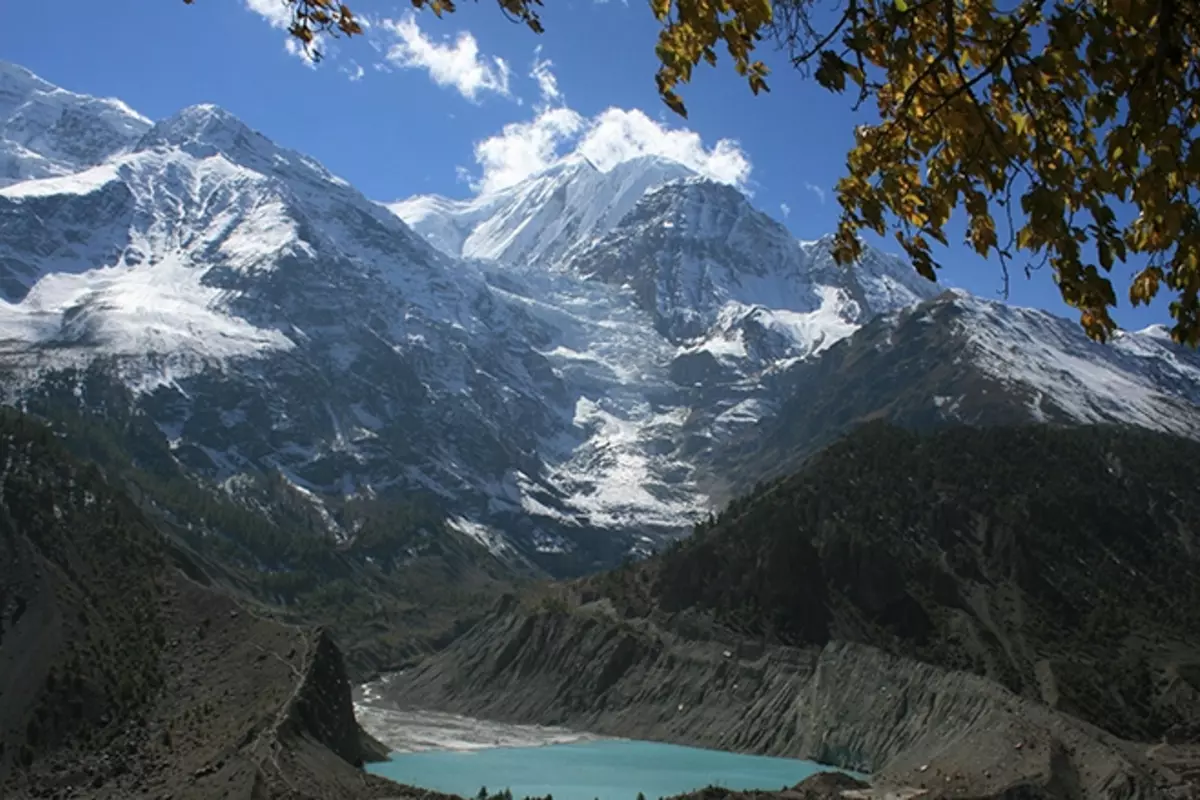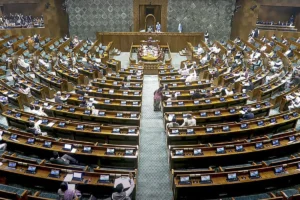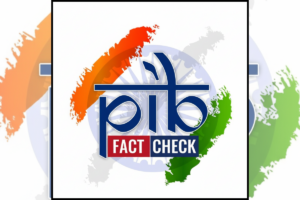
Scientists warned Tuesday that the Himalayan glaciers provide critical water to almost two billion people and are melting faster than ever before owing to climate change, exposing communities to unpredictable and costly calamities.
According to a report by the International Centre for Integrated Mountain Development (ICIMOD), glaciers melted 65 percent faster from 2011 to 2020 compared to the preceding decade.
“Ice will melt as it warms, that was expected”, said lead author Philippus Wester.
“This is moving much faster than we anticipated”, the author added.
Glaciers in the Hindu Kush Himalaya (HKH) region are a major water source for around 240 million people in the mountainous regions, as well as for another 1.65 billion people in the river basins below.
According to the Nepal-based ICIMOD, an inter-government organization with member countries Afghanistan, Bangladesh, Bhutan, China, India, Myanmar, and Pakistan, glaciers could lose up to 80% of their current volume by the end of the century.
The glaciers feed ten of the world’s most crucial river systems, including the Ganges, Indus, Yellow, Mekong, and Irrawaddy, and provide food, energy, clean air, and income to billions of people.
The deputy chief of ICIMOD, Izabella Koziell said, “With two billion people in Asia reliant on the water that glaciers and snow here hold, the consequences of losing this cryosphere (a frozen zone) are too vast to contemplate”.
Even if global warming is confined to the 1.5 to 2.0 degrees Celsius above pre-industrial levels agreed to in Paris, glaciers are anticipated to lose a third to a half of their volume by 2100.
“It emphasizes the need for immediate climate action”, Wester continued.
“Every small increment will have huge impacts, and we really, really need to work on climate mitigation… that is our plea”, he added.
Wester stated that forecasts may be made with a huge degree of accuracy due to advancing technologies and previously classified high-resolution satellite photos.
Since the mid-1800s, the world has warmed by almost 1.2 degrees Celsius, triggering a chain reaction of extreme weather events such as more intense heatwaves, severe droughts, and storms exacerbated by rising seas.
The most vulnerable individuals and the world’s poorest countries have been struck the hardest, as they have done little to contribute to the fossil fuel emissions that are driving increasing temperatures.
According to Amina Maharjan, an ICIMOD livelihoods and migration specialist, communities do not have the necessary support.
Maharjan said, “The majority of adaptation is communities and households reacting (to climate events). It is insufficient to handle the challenges posed by climate change”.
“What is going to be very critical moving forward is anticipating change”, Maharjan added.
Also read: AI Trained On Text Data May Alter Social Scientific Research
To read more such news, download Bharat Express news apps





















